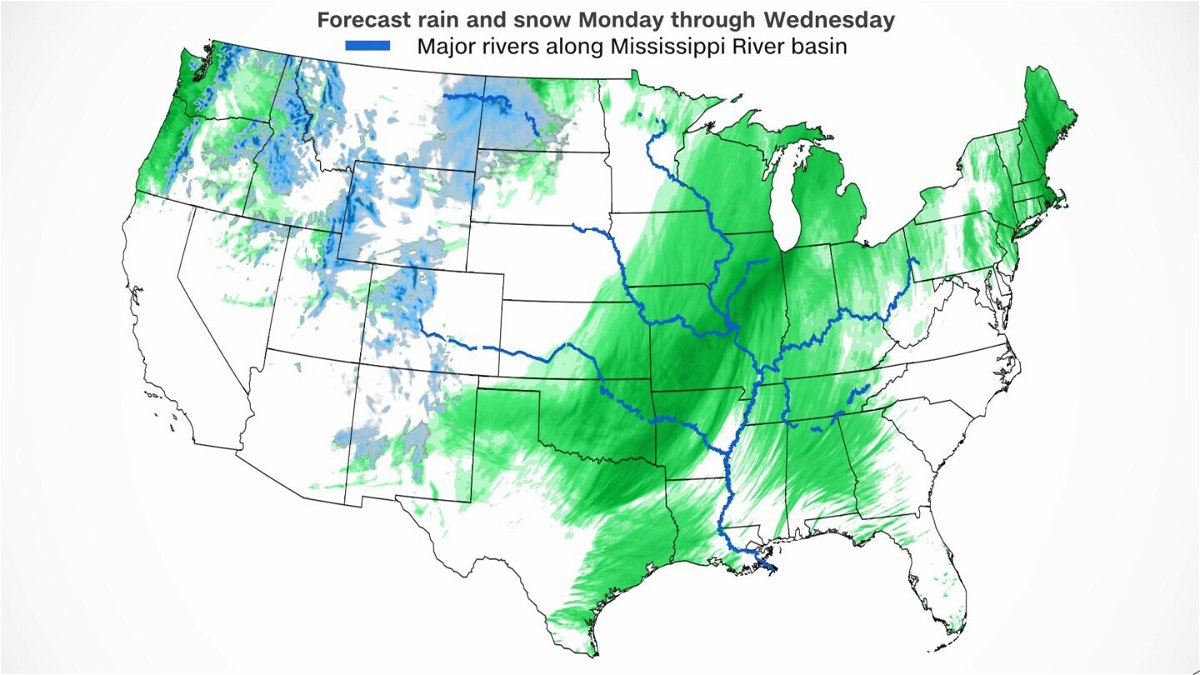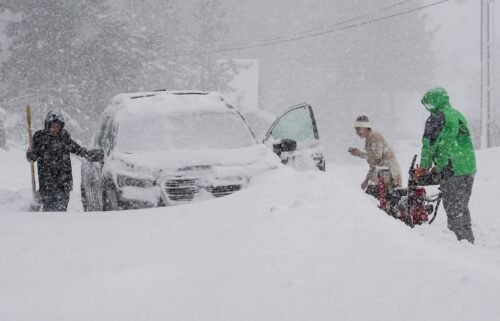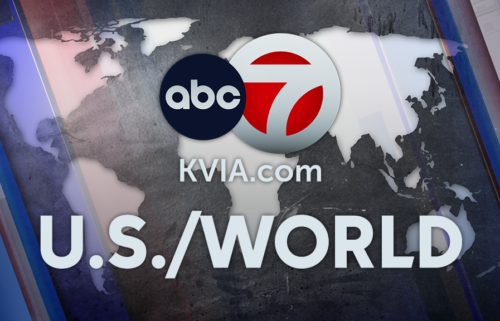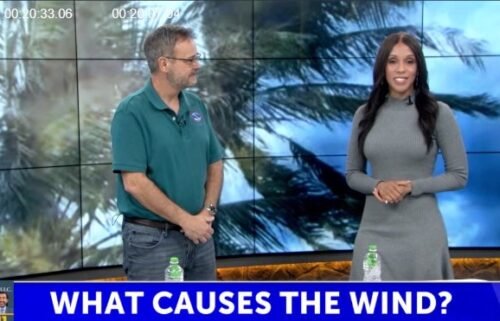Storm brings rain to Pacific Northwest for first time since July, clearing smoky skies

By Jennifer Gray, CNN meteorologist
The storm system crisscrossing the country right now may be one of the most robust we have seen in a while.
It came onshore in the Pacific Northwest last Friday, bringing rain to the region for the first time since July and clearing out the smoky skies in Seattle in a matter of hours. The storm also brought the first significant snow of the season to the Rockies over the weekend, a region in need of precipitation to help with ongoing fires and drought conditions.
This week it will bring rain to much of the country east of the Rockies, reaching the expansive network of rivers that feed into the mighty Mississippi River, which has reached some of its lowest water levels on record.
Soaking rain will be a welcome sight across much of the Plains and Mississippi River Valley. While this one event won’t completely fix the problems along the river, it does signal a possible shift in the weather pattern, which could bring additional rounds of rain in future weeks.
Showers will fire up along a cold front, drawing additional moisture north from the Gulf of Mexico and the remnants of Hurricane Roslyn, which made landfall in Mexico over the weekend.
“The forecast shows some potential for training, or repeating rounds of thunderstorms, particularly across eastern Oklahoma, far southeast Kansas, southwest Missouri, and western Arkansas,” explained CNN meteorologist Monica Garrett. “While this rainfall will be welcome due to drought, some locally high amounts of up to six inches could lead to scattered flash flooding.”
The Weather Prediction Center has issued a slight (Level 2 of 4) risk for excessive rainfall over the region through Tuesday morning.
Widespread rainfall amounts of two to four inches will be likely, and some isolated areas could see up to six.
Rain could bring relief to dry riverbeds
The rain will be beneficial for all the rivers in the country’s midsection, including the Mississippi River, now at record-low levels.
“We may get some minor temporary rises out of this that may help alleviate a little bit of the conditions that we’re having now, but certainly is not going to be something that will break the low water event that we’re having currently,” said Jeff Graschel, service coordination hydrologist at the Lower Mississippi River Forecast Center.
Graschel added the rain could raise the Mississippi River six inches to a foot, but it would only be temporary.
The Mississippi River near Memphis is five feet below where it needs to be to get out of low water conditions. So, while the rain will only be a drop in the bucket, each soaking rain moving forward will be beneficial.
“Typically, this is the low time and time of year that we have low water on the lower part of the Mississippi River,” Graschel pointed out. “As we get into November, we start getting these frontal boundaries moving across and we start to get more rainfall, especially in the Ohio Valley and typically on the lower part of the Mississippi River.”
While conditions on the Mississippi River are unprecedented, Graschel hopes conditions will improve as we enter the wetter months for the Mississippi River Valley.
Severe storms possible this week
Storms will fire up today in Texas, including the cities of Dallas, San Antonio and Austin.
“Damaging gusts will be the main hazard with these storms, although a couple of tornadoes are also possible, mainly tonight,” the Storm Prediction Center said.
As the cold front continues to push eastward Tuesday, the possibility of severe storms will affect parts of the Southeast. Places like Baton Rouge, Memphis, Birmingham, Mobile and Montgomery could all see the effects of the storm system. The Storm Prediction Center has placed a Level 2 of 5 risk for severe weather for the area Tuesday.
“If all the moving parts come together tomorrow and allow this severe weather potential to come to fruition, we’ll be looking at a well-organized line of storms with embedded circulations possible,” the weather service in Memphis wrote.
While damaging winds will be the primary threat, hail and isolated tornadoes are a possibility.
“The highest tornado potential currently appears to exist from south-central Mississippi northeastward into west-central Alabama,” the Weather Prediction Center said.
The weather service office in Birmingham urged people to be ready.
“Since it’s been a while since we’ve had a tornado threat, now is the time to dust off/test your weather radios and severe weather plans.”
Watch: What to do during severe weather
The-CNN-Wire
™ & © 2022 Cable News Network, Inc., a Warner Bros. Discovery Company. All rights reserved.
CNN Meteorologist Haley Brink contributed to this story.




